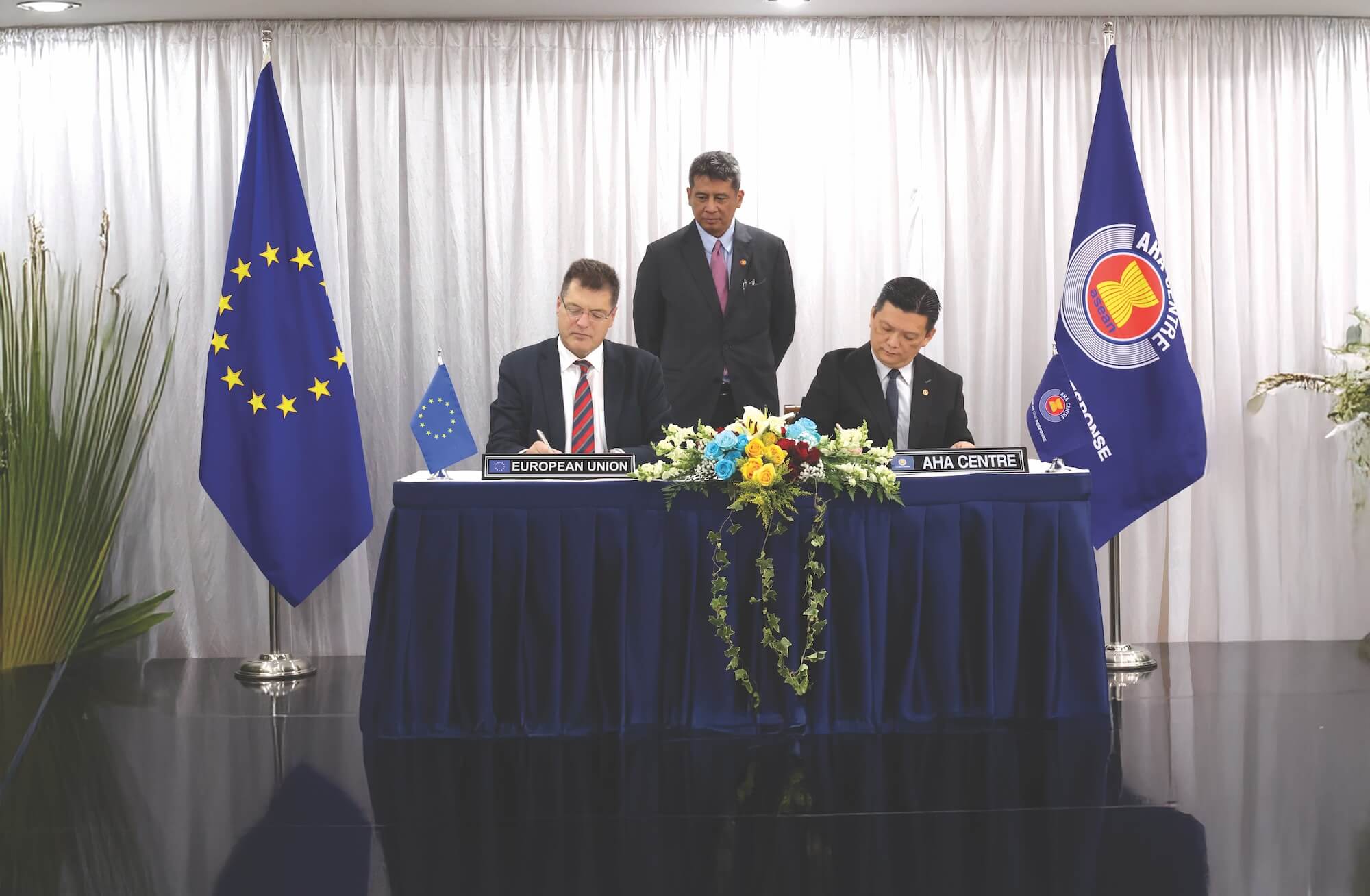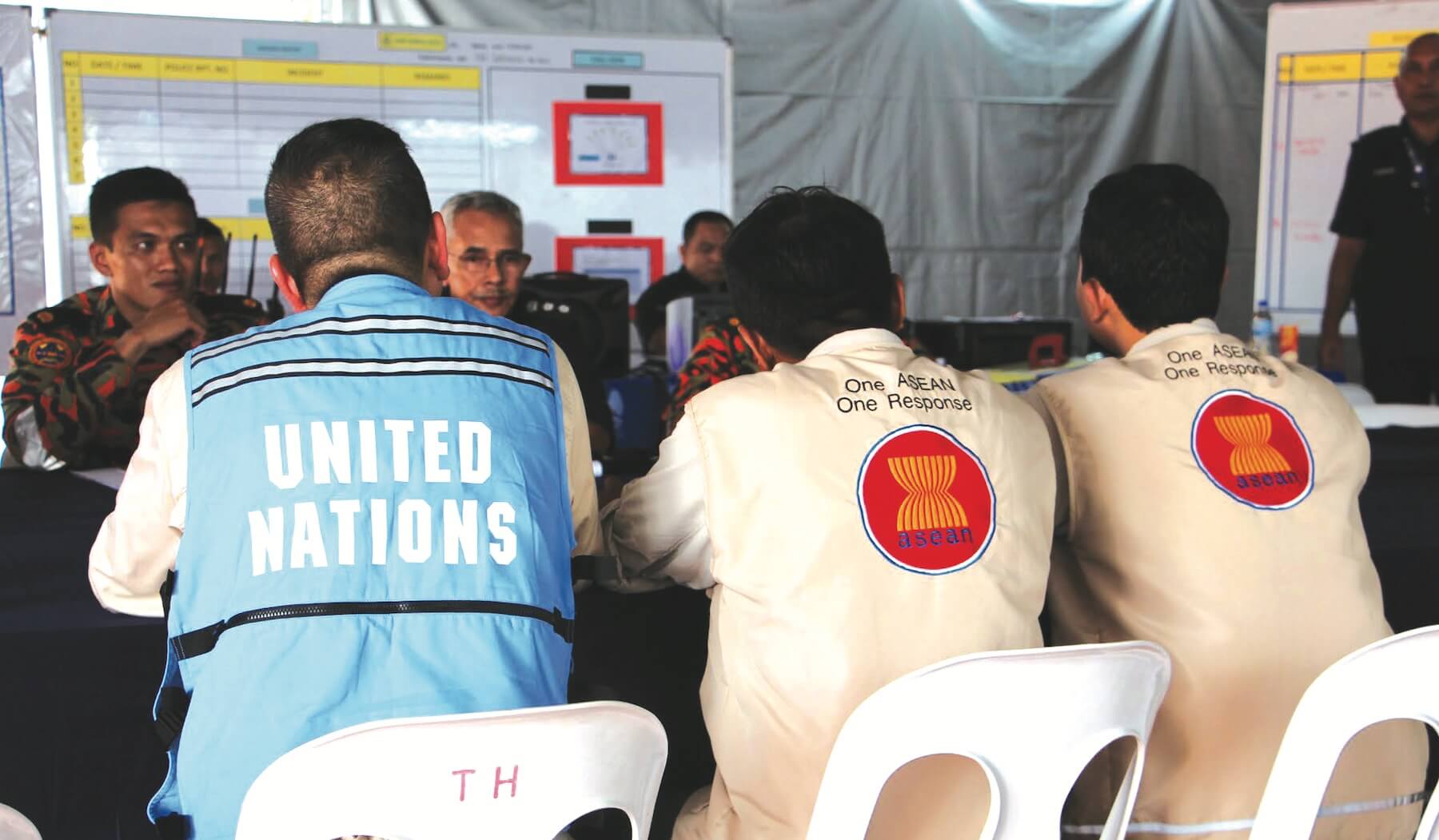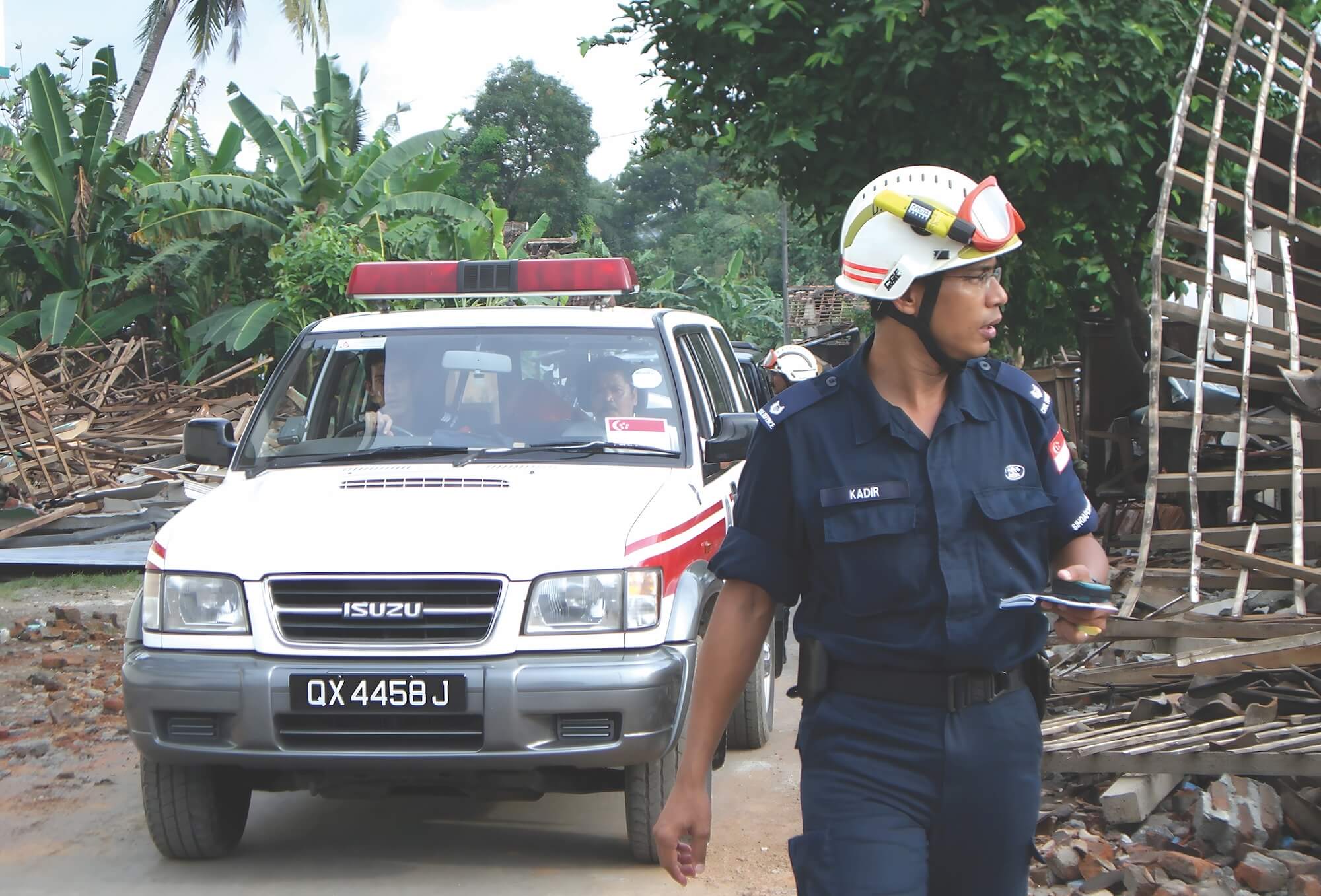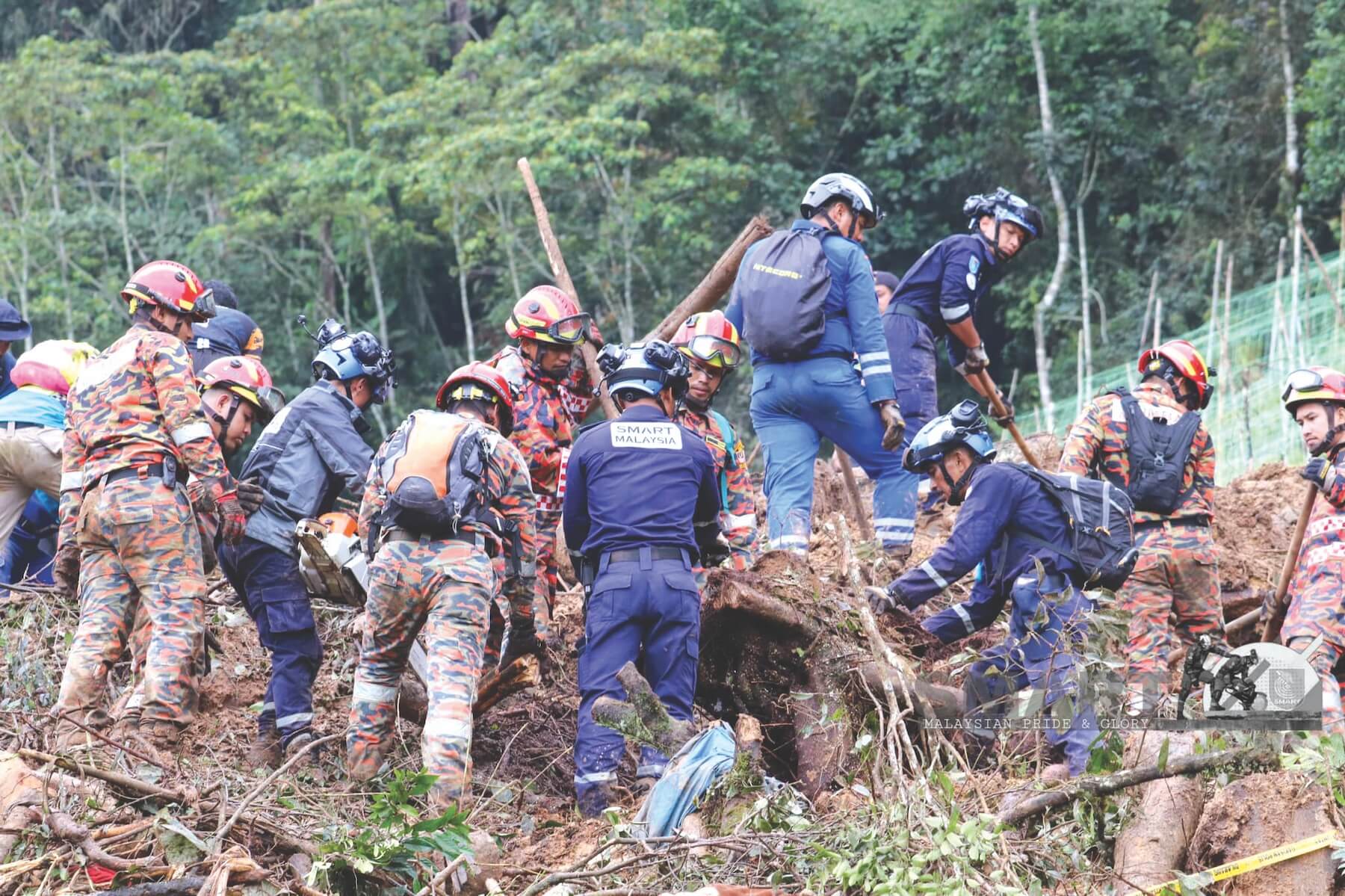




The 26 December 2004 Indian Ocean Tsunami was one of the deadliest natural disasters in modern history, impacting several countries in South and Southeast Asia, including Malaysia. For Malaysia, a country seemingly blessed and spared from having to experience severe natural disasters, the likelihood of a tsunami hitting our shores is considered to be as remote as an asteroid hitting Earth. Yet, the unforeseen did occur—at about 12:45 pm on 26 December 2004, nearly four hours after the magnitude 9.1 undersea earthquake shook the west coast of northern Sumatra, Indonesia, the first wave of tsunami swept into the Straits of Malacca’s northern entrance.
Compared to the devastation in Banda Aceh, the tsunami’s impact on Malaysia’s west coast can be construed as minimal. Based on the assessment of the affected areas that was conducted, estimated damages amounted to 15 million Malaysian ringgit (equivalent to 3.4 million US dollars). Much of the damage involved village houses, light traffic bridges, vehicles, fishing boats, and fishing equipment.
The damage was particularly severe along the Kedah coastline, north of Kuala Muda. Although this area sustained the most severe damage, the highest loss of life occurred in the state of Penang. In total, 68 deaths were officially recorded in Malaysia, and 52 of these occurred in Penang. Fisheries, a vital source of livelihood for many coastal communities on the west coast of peninsular Malaysia, were particularly hard hit, resulting in loss of income for numerous families. Additionally, the tsunami caused considerable environmental damage, including the destruction of mangroves and coral reefs, which serve as natural barriers against coastal erosion and storm surges. Overall, the cost of repair, reconstruction, and support to the affected victims borne by the Malaysian government was more than 100 million Malaysian ringgit (equivalent to 22.8 million US dollars).
In the immediate aftermath of the tsunami, the Malaysian government launched extensive rescue and relief operations through the coordination of its National Security Council, which was the focal point for disaster management at that time. Temporary shelters were set up and basic necessities as well as medical aid were provided to the affected population. The recovery phase focused on rebuilding homes, restoring infrastructure, and revitalising the local economy. Significant efforts were made to rehabilitate the affected communities, with special attention given to the restoration of fisheries and other sources of livelihood.
As in any disaster, local communities play a crucial role in the relief and recovery process. Volunteerism surged as Malaysians from various walks of life came forward to assist in relief efforts. Community-driven initiatives, such as rebuilding houses and cleaning up affected areas, were instrumental in the recovery process. Traditional coping mechanisms, including mutual aid and community solidarity, were also essential in helping communities recover from the disaster.
The horrendous experience of the tsunami marked a turning point in Malaysia’s approach to disaster management. It underscored several important lessons in preparedness, coordination, and response capabilities, leading to a series of reforms aimed at strengthening the country’s resilience to future disasters.
The lack of an effective early warning system at that time contributed to the high number of casualties. As a result, Malaysia has since invested significantly in developing and maintaining a robust early warning system to ensure timely alerts and facilitate swift evacuations. The Malaysian Meteorological Department (MET Malaysia) has established the National Tsunami Early Warning System to provide early warning on the possible onslaught of a tsunami. With this system, the government is able to provide early warning to the public of a potential tsunami occurrence over the Indian Ocean, South China Sea, and the Pacific Ocean. The National Tsunami Early Warning System is an integral part of the Indian Ocean Tsunami Early Warning System and the Northwest Pacific Tsunami System, coordinated by the Intergovernmental Oceanographic Commission (IOC), UNESCO. As part of the IOC Tsunami Network, Malaysia has also established linkages with the Pacific Tsunami Warning Centre and the Japan Meteorological Agency.
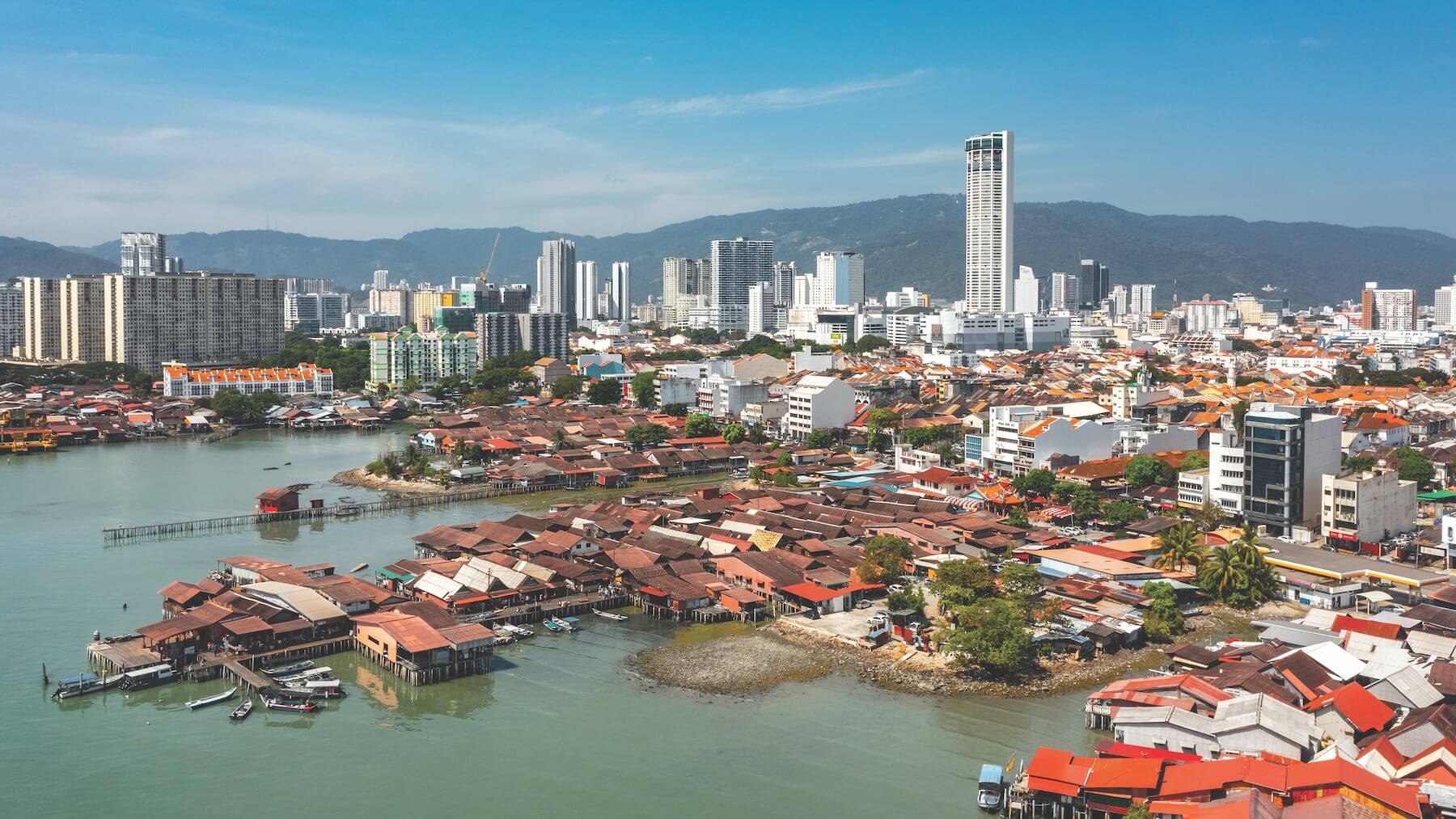
Community engagement is another vital lesson. The tsunami disaster highlighted the need to involve local communities in disaster preparedness and response planning. Engaging communities enhances their resilience and ensures that response strategies are culturally appropriate and locally relevant to suit their roles as initial responder at their locations. The programmes conducted by various government agencies involve training community members in disaster response, conducting regular drills, and developing community-based disaster risk management plans. Public awareness campaigns are also conducted to educate and engage the public on disaster preparedness and climate resilience.
Inter-agency coordination is another crucial aspect. The tsunami revealed gaps in coordination among various government agencies, NGOs, and other partners. Since then, continuous training and capacity building have been conducted to improve inter-agency coordination and ensure a more cohesive and effective response to future disasters.
The need for resilient infrastructure also became apparent. The Integrated Resettlement Programme was introduced to build back safer and better for the disaster-affected communities, thus reducing disaster risk and solving problems on the ground arising from land title issues and squatters. Investment in resilient infrastructure projects has now become a key component of Malaysia’s disaster preparedness strategy. Projects aimed at building flood defences, coastal protection, and resilient housing are being undertaken to reduce vulnerability to future disasters.
As the ASEAN region continues to face increasing threats from natural disasters, particularly exacerbated by climate change, Malaysia has been scaling up its preparedness and building our country’s resilience against future disasters. National strategies and policies have been formulated to strengthen disaster risk reduction and climate change adaptation efforts.
Under Malaysia’s 5-year development plan, green growth will be bolstered to ensure sustainability and resilience. Building upon the initiatives from the previous Malaysia Plans, the 12th Malaysia Plan addresses climate change, reducing risks and strengthening the enabling environment for effective governance through:
- Increasing resilience against climate change and disasters;
- Implementing evidence-based and risk-informed actions;
- Adapting integrated approaches for climate change and disaster risk reduction;
- Enhancing early warning systems and disaster response; and
- Enhancing disaster preparedness and recovery.
Regional and international collaboration will continue to play a significant role in Malaysia’s resilience-building efforts. Malaysia will continue to actively participate and leverage on regional collaboration under the ASEAN Agreement on Disaster Management and Emergency Response (AADMER) as well as its operational arm, the ASEAN Coordinating Centre for Humanitarian Assistance on disaster management (AHA Centre). Malaysia also partners with international organisations, NGOs as well as other countries to enhance our resilience.
Research and innovation are driving the development of new approaches and solutions for disaster risk management and climate resilience. Hence, Malaysia will continuously pursue research and innovation, focusing on understanding disaster risks and developing innovative solutions to mitigate these risks. Furthermore, technological advancements, such as GIS mapping and remote sensing, are being utilised to enhance disaster preparedness and response capabilities.
As we enter its 20th year commemoration, the Indian Ocean Tsunami is a stark reminder of nature’s unpredictability and the devastating impact a disaster can have on even the most seemingly secure nation. For Malaysia, the tsunami was a tragedy and a turning point. It spurred our country towards better disaster preparedness and risk reduction to safeguard our people and preserve our nation’s development gains against the challenges of the future disaster risk landscape.




